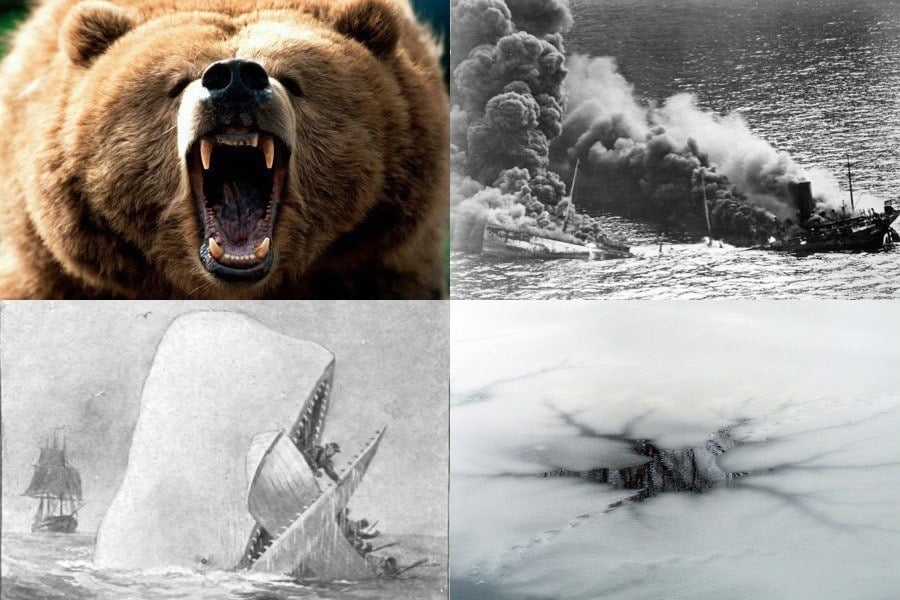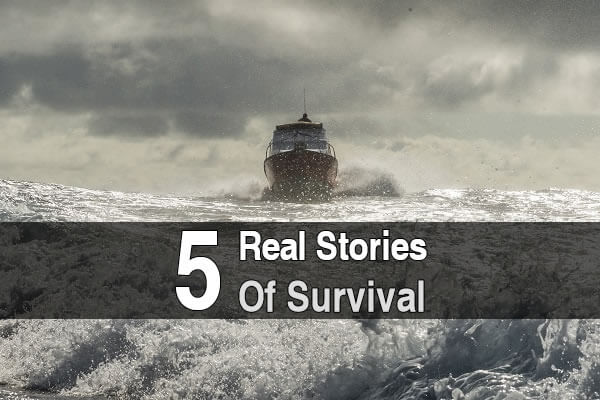


He would be stranded here alone for over four years.Īn 1837 illustration of Selkirk reading in one of the two huts he built. Life as a CastawayĪs Selkirk watched the Cinque Ports disappear on the horizon, he was left with only his personal belongings: a flintlock pistol, a knife, a hatchet, some oats, a little tobacco, a Bible, a few navigational instruments from the ship, and the clothes on his back. Selkirk realized his mistake and tried desperately to get back on board, but Stradling refused to allow it, sailing away without him. Stradling took this declaration literally, handed Selkirk a few supplies, and granted his wish to stay on the island. Selkirk was so frustrated with the Captain, he said he would rather be marooned on Isla Más a Tierra than set foot on the leaky ship again. However, the captain angrily rejected this notion, and said the ship would be just fine. Its wood had sustained damage due to a worm infestation, and Selkirk was worried it would sink before they could return home, spelling a likely death sentence for all on board. While resupplying the ship, Selkirk (true to form) got into an argument with Captain Stradling about the seaworthiness of their ship. The 18.5-square-mile volcanic island was known as Isla Más a Tierra, and was completely devoid of human life. So, Stradling stopped the Cinque Ports at an island in the Juan Fernandez Archipelago, 416 miles off the coast of Chile.

In September 1704, the ship needed to resupply fresh water and other resources. Source: WikipediaĪfter narrowly surviving hard battles against Spanish galleons, Selkirk soon became the sailing master of a ship called the Cinque Ports, serving under a 21-year-old Captain Thomas Stradling. Isla Más a Tierra, the island where Selkirk was marooned in 1704. At the time, Scotland was independent from England, and a “ Glorious Revolution” was about to occur in 1688, involving rioting and a coup that would depose the king. In 1676, the family lived in Lower Largo, Fife, Scotland. There's no question that it was a much more difficult time to be alive than the present.ĭuring this period, a boy named Alexander Selkirk was born as the 7th son of a humble cobbler. Violent crime, war, civil unrest, incurable diseases, and thousands of other everyday dangers meant living past the age of 50 was unlikely during the 1600s. Alexander Selkirkīack in the 17th century, the world was more sparsely populated, and lacked the technology for instant communication across vast distances. Today, we'll be sharing another real-life story of solitary survival-one which would go on to inspire the most famous castaway novel of all time, Robinson Crusoe. Previously, we have shared the stories of real-world survivors like Poon Lim, who lived for a record-setting 133 days alone on a life raft in the ocean. For those of us who are interested in learning to survive adverse conditions, one of the best sources of of knowledge is history.


 0 kommentar(er)
0 kommentar(er)
